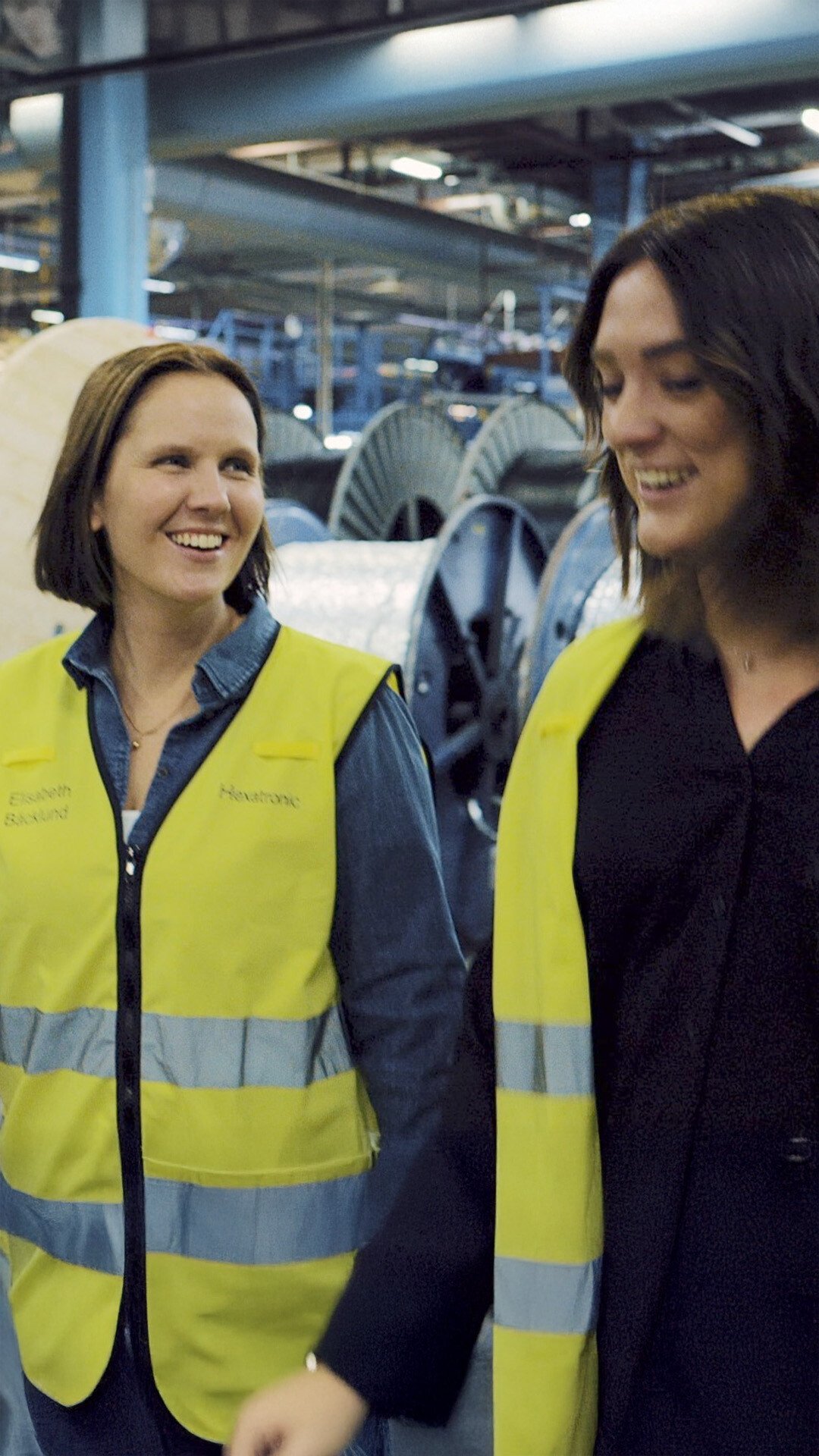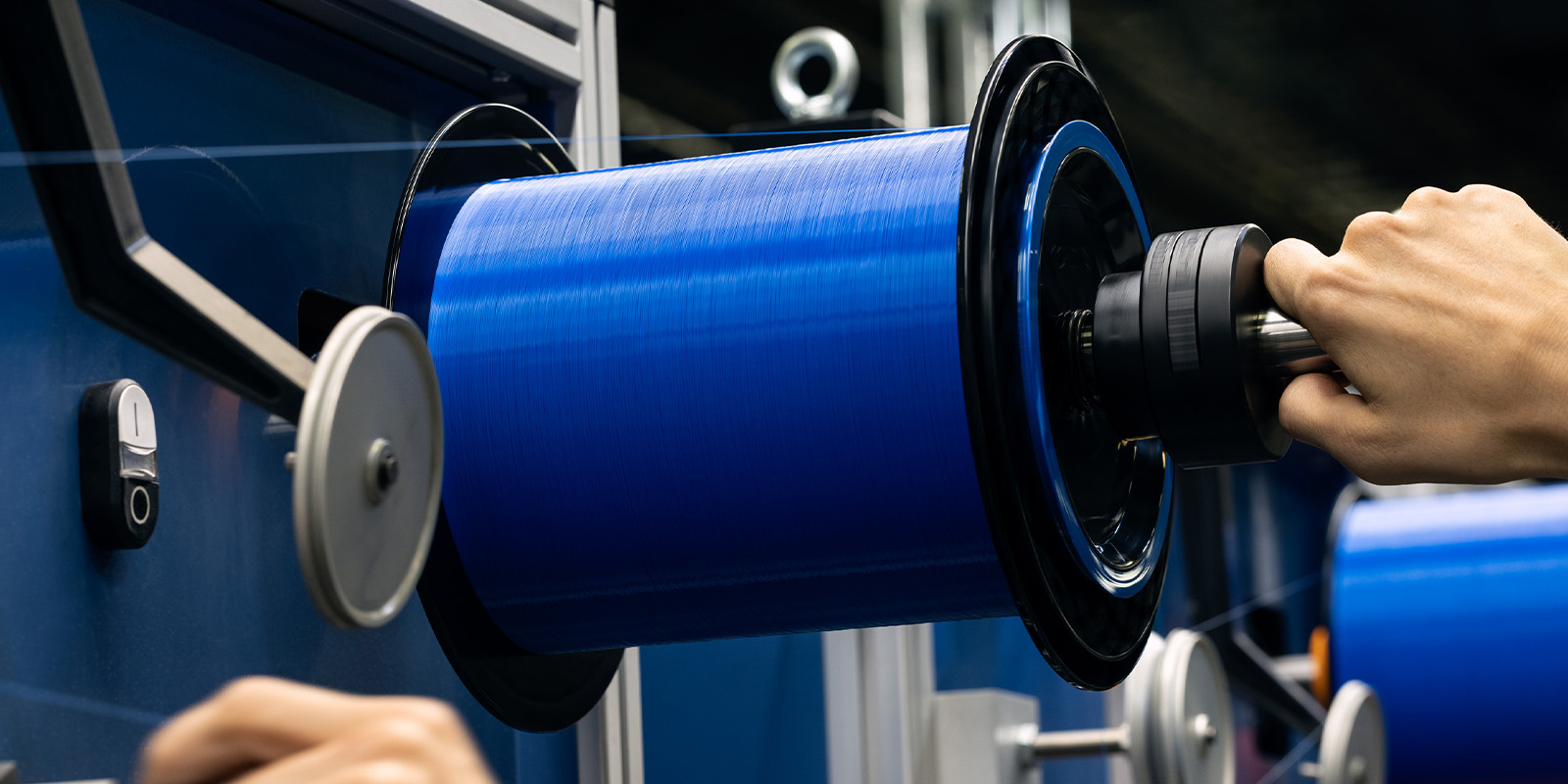FTTH is an abbreviation for Fiber To The Home, which means using fiber optic cables for delivering digital communication signals from operators’ switching equipment to your home. However, the same fiber optic technology is used to connect your office or other business premises. In such case, it is sometimes called Fiber To The Business (FTTB). Accordingly, FTTx (Fiber To The ‘Whatever’) is a more general label, as it refers to the technology rather than what it is used for.
FTTH - How it works
Optical fiber is made from optically pure glass as thin as a human hair and the only broadband technology that offers virtually unlimited bandwidth potential. One single fiber has the capacity to simultaneously carry millions of phone conversations or more than 2,000 HDTV digital TV channels.
Sound, text or pictures are first converted to digital electric pulses, which are then converted to light pulses by a laser diode. These pulses are fed into and guided through the fiber to a receiving diode at the other end, where they are converted back to sound, text or pictures. The purity of the fiber enables light to be guided through it over 300 km without amplification.
Moreover, since glass is an organically adapted material, optical fiber does not contribute to waste or emissions. Other advantages of optical fiber technology are:
- Inexpensive (glass is not a scarce commodity).
- No interference (unlike electrical signals, light signals from one fiber do not interfere with those of other fibers in the same cable).
- Energy efficient (optical fiber networks are more energy efficient, because signals in optical fibers degrade less).
- Digital (optical fibers are ideally suited for carrying digital information, which is especially useful in computer networks and digital broadcasting).
- Non-flammable (no electricity is passed through optical fibers, which removes the fire hazard).
- Thin and lightweight (an optical cable weighs less and takes up less space in the ground).
What is FTTH and what is not FTTH?
There are roughly three types of network levels:
- Trunk networks connect regional networks to each other and national networks to international networks.
- Metropolitan networks link urban areas to each other and to the trunk network.
- Access networks connect individual end users to the metropolitan networks. This is where the typical FTTH network is found!
A typical misunderstanding is that any broadband access network that utilizes fiber optic cables, partially or entirely is a FTTH network. However, this is not always the case. According to the FTTH Council Global Alliance – FCGA, the definition of FTTH is as follows:
“Fiber to the Home” is defined as an access network architecture in which the connection to the subscriber’s Premises is Optical Fiber. The fiber optic communications path is terminated on or inside the Premises for the purpose of carrying communication services to a single subscriber. In order to be classified as FTTH, the access fiber must cross the subscriber’s Premises boundary and terminate
- Inside the Premises, or
- On an external wall of the subscriber’s Premises
As an example, the definition sorts out a typical misunderstanding regarding FTTH and multi dwelling units (MDU). An MDU connected with fiber to the basement, where the optical signal is converted to electrical signals for distribution through copper cables to the apartments is not considered as FTTH. If we look back at the FGCA, this relates to the term Fiber to The Building, FTTB:
“Fiber to the Building” is defined as a fiber access network architecture to a multi-dwelling unit, in which the final connection to the subscriber’s Premises is a physical medium other than Optical Fiber. The fiber optic communications path is terminated within the building for the purpose of carrying communication services for a single building with potentially multiple subscribers.
Other FTTx flavors such as FTTC (-Curb) and FTTN (-Node) are also common in the literature, but again, according to the definition, these are not FTTH.
How does a FTTH Network look like?
The FTTH network connects the operator’s Premises and subscribers’ Premises. It can be deployed in different topologies:
- Point-to-Point (P2P) fiber networks provides optical fiber paths from a communication node to a single Premises -such that the optical paths are dedicated to traffic to and from this single location.
- Point-to-Multipoint” or Passive Optical Networks (PON) fiber networks provides branching optical fiber paths from a communication node to more than one Premises. A portion of the optical paths are shared by traffic to and from multiple Premises This branching is typically realized through power or wavelength splitters.
FTTH networks with P2P topology offers the highest capacity and an unlimited upgrade path with no bottlenecks in the network. On the other hand, the networks are built with a lot of fibers that in some scenarios can make the total cost of the network high. This type of topology is common in Scandinavia.
PON networks utilizes shared fibers for a part of the network, which can limit the cost, but also the capacity. Future capacity upgrades are possible, but complicated and costly. PON is the dominating technology used for FTTH today.
Cabling technologies for FTTH
While traditional optical fiber cables have been used for all kinds of communication networks since more than 30 years, the newer Air-blown fiber optic cabling systems has gained more interest for FTTX networks. The technology offers unlimited bandwidth capacity as well as capability to grow with user needs – and as new users are added, at the lowest total cost of ownership.
When new users arrive, more optical fiber is simply blown into the existing miniature channels, or ducts. Easy to operate installation tools reduces cable installation time to a minimum, compared to conventional techniques and also minimizes costly fiber splicing in the network.
The ducts are installed separately and in advance, which means:
- Installation of optical fiber may be incremental, adapted to growth in end user demand
- Unlike traditional cable pulling, the blown-in fiber is not affected by harsh treatment during installation
- Minimization of splice points, which reduces installation time
- Easy network upgrade with more fiber or other types of fiber
- Simplified network design
Currently there are several flavors of air blown cabling techniques, all optimized for certain FTTH applications such as;
- FTTH for urban Single-Family Units
- FTTH for Multi Dwelling Unit, and
- FTTH installations in rural areas.
So, to summarize, FTTH is about fiber optic broadband networks, where fibers are used all the way from the operator to the end customers premises. It offers superior performance for todays and tomorrows services. However, there are many ways of implementing FTTH but not two networks are alike.
Learn more about FTTH technologies and business from our experts.
























